Origin of SKD61 steel
SKD61 steel must be a familiar name for precision mechanics. But the birth of SKD61 steel comes from where the question remains.
The term SKD61 steel is undoubtedly a familiar name for precision mechanics. However, the birth of SKD61 steel comes from still a question that many people ask. And we, with an approach to the history of metallurgy, hope to provide a partial answer to this question.
1. History of metallurgy through Asian sword-making
According to legend, swords dating back to Zhou China, until the Spring and Fall of the Warring States period were extremely powerful. This was the period when the Chinese discovered iron, and added some new techniques used in metallurgy so that instruments were harder than bronze. Consequently, many swords were cast in the Spring and Autumn period, the Warring States period was declared a sword. The sword is not only a personal weapon but also a jewelry, a knight and a doctor who wears a sword for more majesty.
Common types of alloy alloys include iron, copper, tin, gold, and silver. According to today's documents, steel is iron containing carbon content from 0.1% - 1.8%; less than 0.06% is malleable soft iron but not hard and inelastic; over 1.8% is cast iron, although hard but brittle, easily broken. In u Chau, the iron age began around 1300 BC but in China it seemed that iron only prevailed around the 7th century BC. If iron contains less carbon (iron and steel), it can be hammered and hammered to form it just by burning it. If there is a lot of Carbon (cast iron), it will need to melt into a liquid to cast.
2. How does the JIS standard affect the birth of SKD61 steel?
During the Meiji period in Japan, private businesses were responsible for setting standards although the Japanese government had standards and specification documents for procurement purposes for a certain items, such as ammunition. They were summarized to form an official standard (Old Japanese Technical Standard (JES)) in 1921.
The introduction of SKD61 steel
During World War II, simple standards were set to increase production. The current Japan Standards Association was established after the failure of Japan during World War II in 1945. The regulations of the Japanese Industrial Standards Committee were promulgated in 1946, the Japanese standard (new JES). ) established. The Industrial Standardization Law was enacted in 1949, forming the legal basis for the current Japanese industrial standards (JIS).
The Law on Industrial Standardization was amended in 2004 and the "JIS seal" (product certification system) was changed; As of October 1, 2005, the new JIS trademark has been applied upon recertification. Use of the old trademark is allowed during a three-year transitional period (until September 30, 2008), and each manufacturer obtains a new certificate or renews upon the approval of the applicable authority. Use the new JIS brand. Therefore, all Japanese products that have been JIS certified have been under the new JIS trademark since October 1, 2008.
So surely JIS standard is the basis for the birth of SKD61 steel.
3. The introduction of SKD61 steel
Throughout history, steel has been increasingly widely used. Especially, the steel is highly resistant to heat at high temperatures and is widely used in the foundry industry.
Conventional casting method will have 2 types: Normal Casting and Special Casting.
- Common casting (Using sand mold): An ancient technology, conventional casting is done with sand molds, if not through drying molds, then called fresh sand mold. The mixture of mold and core is silicon sand, possibly with water glass additive. The cavity is shaped by casting pattern and core (if any). Casting in sand molds is cheap, easy to do but low productivity. Casting in sand molds can be used to cast castings from ferrous and non-ferrous alloys.
- Special casting: It is a different method from conventional casting, special casting with the difference in materials and molding technology, how to fill and shape castings. Special castings often use metal molds. There are usually forms: casting in metal molds, pressure casting, centrifugal casting, continuous casting and some other special casting technologies.
The birth of SKD61 steel is associated with mold making
Along with the advanced development of science and technology, gradually, everyone tends to replace traditional casting methods with special casting methods to increase productivity and produce more applied products.
Hopefully the above information will solve the problems that readers are having. If you want more detailed advice on the type of industrial steel, readers can contact 0332 91 61 61 or chat online with us.
Sevit is pleased to answer all questions from readers!




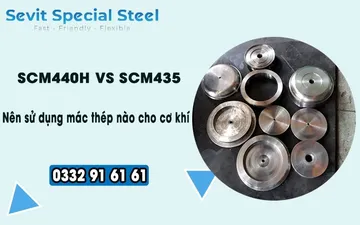

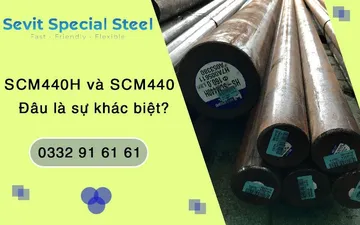
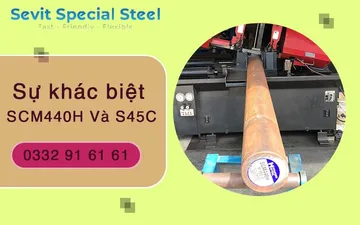
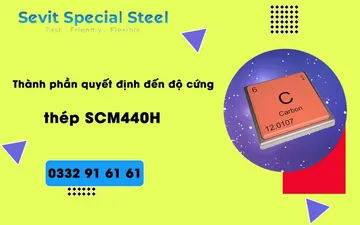
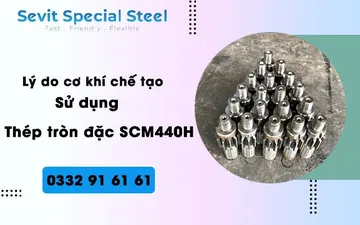

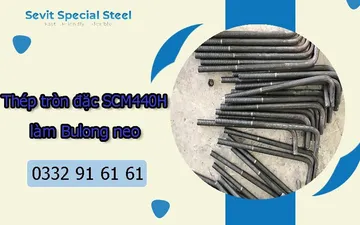
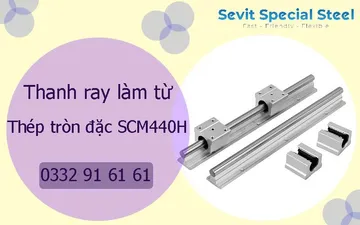
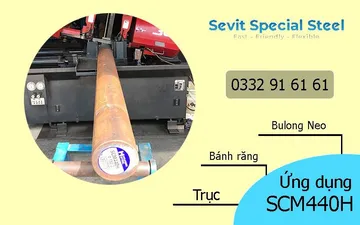
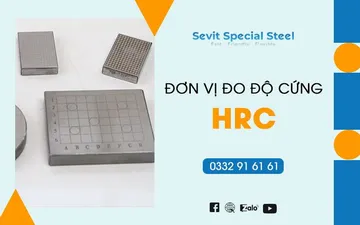
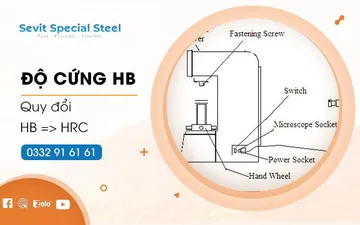
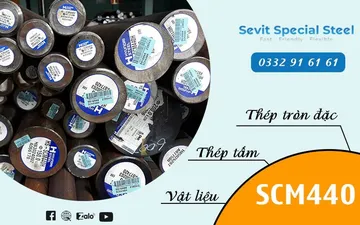
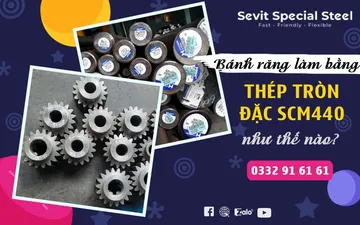






 Online
: 2
Online
: 2 Hits today
: 418
Hits today
: 418 Hits yesterday
: 327
Hits yesterday
: 327 Visits of the month
: 6679
Visits of the month
: 6679 Total access
: 891978
Total access
: 891978
